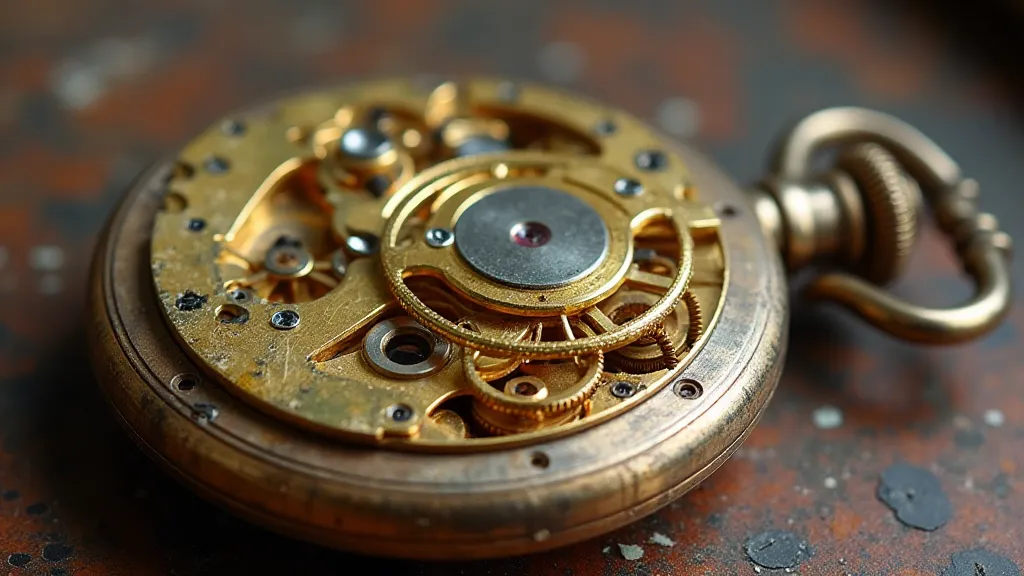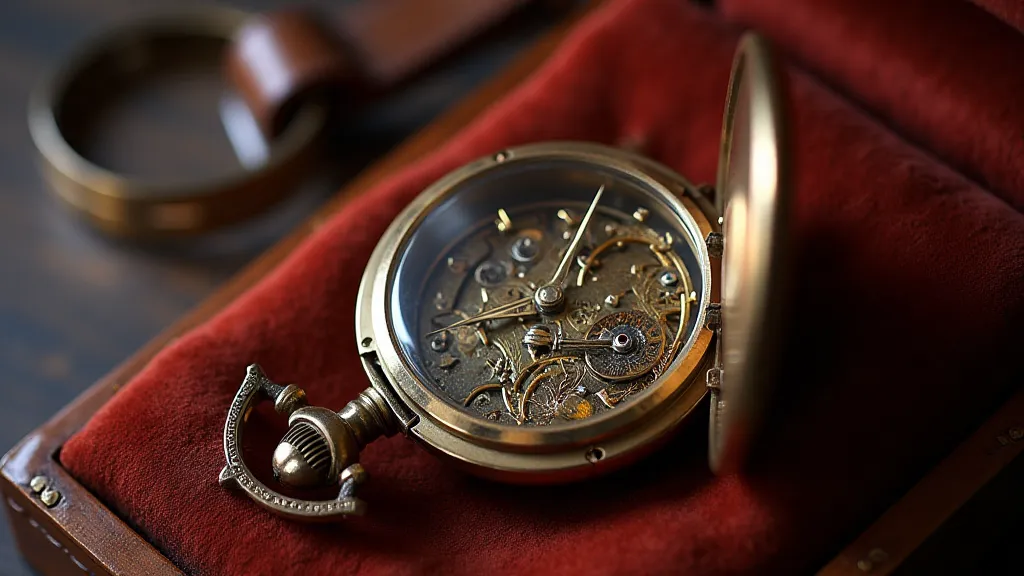The Evolution of Pocket Watch Movements: From Fusee to Automatic
Pocket watches, those elegant emblems of a bygone era, are more than just beautiful objects. They represent centuries of intricate mechanical engineering. Understanding their evolution requires a journey through the development of their movements, the heart of any timepiece. This article explores that fascinating journey, tracing the advancements from the earliest fusee mechanisms to the later, more sophisticated automatic winding systems.
The Early Days: The Fusee's Reign
The earliest pocket watches, appearing in the 16th century, often featured simple verge escapements. However, a significant problem arose: power delivery. The mainspring would lose tension as it unwound, leading to inconsistent timekeeping. This is where the fusee entered the scene. Invented in the 16th century by the Italian engineer Gerolamo Brusoni, the fusee is a conical pulley connected to the mainspring. As the mainspring unwinds, the rope (or "fusee chain") winds around the cone, maintaining a relatively constant force on the gears and escapement.
The fusee dramatically improved accuracy for the time. While complex to manufacture and requiring adjustment, it allowed watchmakers to achieve a far more consistent rate. Fusee pocket watches remain highly sought-after by collectors, prized for their aesthetic appeal and the ingenuity of their design.

The Rise of the Lever Escapement
The late 18th century saw a revolution in watchmaking with the introduction of the lever escapement by Abraham-Louis Breguet. This advancement replaced the older, less reliable, and more susceptible-to-damage verge escapement. The lever escapement improved accuracy and reliability, becoming the dominant escapement for pocket watches and other timepieces. It offered greater resistance to shock and allowed for more consistent timing.
The Introduction of the Cylinder Escapement
Alongside the lever escapement, the cylinder escapement gained popularity. This design used a rotating cylinder instead of an escape wheel, offering a different approach to time regulation. While not as widely adopted as the lever escapement, it represented another significant development in escapement technology. Its smooth operation and reduced friction made it a desirable choice for some watchmakers.
The Twin-Barrel System and Improved Mainsprings
As watchmaking progressed, engineers sought to further enhance power reserve and reliability. The introduction of twin-barrel mainspring systems allowed for a greater accumulation of energy, extending the time a pocket watch could run before needing to be wound. Advances in metallurgy also yielded stronger and more durable mainsprings, contributing to overall improved performance.
The Advent of Automatic Winding
Winding pocket watches was a regular chore, and the desire for convenience led to the development of self-winding mechanisms. Automatic winding, initially appearing in wristwatches but later adapted for pocket watches, utilized a rotor that moved with the wearer’s motion, automatically winding the mainspring. While not as common in pocket watches than in wristwatches, automatics did appear, offering a level of convenience unheard of in earlier designs.

The Legacy of Pocket Watch Movements
The evolution of pocket watch movements is a testament to human ingenuity and the relentless pursuit of accuracy and efficiency. From the ingenious fusee to the convenience of automatic winding, each innovation built upon the last, creating a rich and fascinating history. Today, these movements remain fascinating objects of study for collectors and horologists alike, offering a glimpse into a world of mechanical artistry and timeless elegance.






